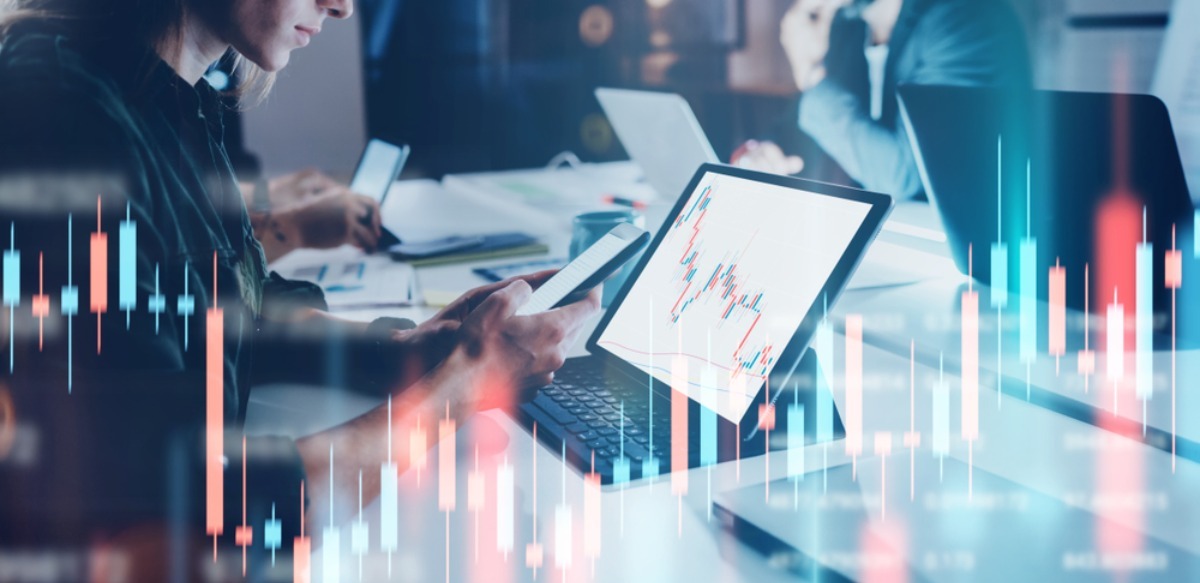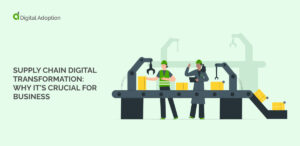In this post, we’ll look at a BPA meaning – that is, we’ll learn about business process automation and why it matters for businesses.
BPA: Meaning and Importance in Business
Like any other emerging technology, business process automation (BPA) has found its way into the workplace, improving employee productivity, efficiency and more.
But what exactly is “business process automation” and how does it differ from other types of automation, such as workflow automation automation and cognitive automation?
BPA refers to the automation of business processes, typically using digital tools to perform tasks normally done by humans.
In many cases, these tasks are complex, but not always – they can also include simple tasks, such as data entry.
Here is how BPA compares to other types of automation:
- Robotic process automation (RPA) is a type of automation technology that uses software, rules-based programming, or artificial intelligence to automate tasks. In this case, “robots” refers to software, not physical robots.
- Cognitive automation is a type of AI that can perform “intelligent” tasks such as analysis and decision-making, natural language processing, speech recognition, and other “cognitive” tasks.
- Workflow automation refers to any automation platforms that are used to automate workflows, which can include cognitive automation or BPA
One important point to note about these terms is that they are constantly evolving, and in some cases the definitions overlap. To some people, for instance, workflow automation and RPA mean the same thing – to others, cognitive automation may be included in the definition.
Also, some people use different terms to mean the same thing, such as “business automation,” which is used by Red Hat.
What Are the Benefits of BPA?
BPA can generate a number of benefits for the organization, such as improved productivity and decreased overhead.
Organizations that use BPA, for example, can save on human labor costs by either reducing the workforce or reallocating employees to more value-added and strategic activities.
Other benefits of BPA include:
Greater efficiency. Automated processes are more accurate, faster, and more cost-effective, since they can be run entirely on computers.
Scalability. Software automation can be scaled infinitely within IT hardware. They require no extra equipment, after all, aside from computing power, which can even be purchased on a pay-per-usage model through cloud companies.
Availability. BPA can operate 24 hours a day, 7 days a week, with no need for downtime, rest, or time off.
Productivity. Since BPA platforms can operate at such scale and efficiency, they can vastly improve the output of the workforce and the organization.
Better employee experiences. While many focus on the idea that “robots will take our jobs,” there are upsides to automation, such as smoother work environments, less complex workflows, and more free time to focus on more interesting work tasks.
In short, there are quite a few business benefits to using BPA – both those that positively impact the organization as well as employees.
What Are the Drawbacks to BPA?
While BPA can streamline workflows and improve organizational performance, no technology is perfect.
For instance:
Employees must upskill to stay valuable in the workplace. The more skills they have, the more relevant they will be. Since automation will reshape and restructure the workplace, it will remove low-level tasks and low-skilled tasks from many jobs, such as data entry or administrative tasks. As technology evolves, cognitive automation will enable more complex workplace tasks to be performed by automation platforms, further absorbing certain types of job tasks and even job categories.
Over-automation can negatively affect the business. If an organization automates activities that should be performed by humans, then it can have a detrimental impact. For example, using automation in places where empathy and face-to-face interactions are required, then this could drive away customers. In certain situations, such as B2B sales pipelines, human interaction is a must. Also, consumer-facing sales people often do a better job selling than machines can.
Despite these downsides, automation will have a net positive outcome on the business world – and we are already seeing examples of it in the modern marketplace.
What Are Some Examples of BPA?
Let’s look at a few examples of BPA that most of us will already be familiar with:
Chatbots. These tools automate interactions that occur between a brand and people, such as customers or employees. Chatbots are often used in B2C interactions to provide customer support or technical support. They can also be used as self-service tools in the workplace. Also, more advanced chatbots, such as WalkMe’s ActionBot can be integrated with workflow automation functions to perform tasks in the workplace.
No-code platforms. These platforms allow users to create “mini-apps” or automations, even if they don’t know code. No-code platforms are being increasingly adopted in the enterprise world to speed up business processes, as mentioned in the last point. There are also consumer-facing apps, such as IFTTT, which allow anyone to create new workflows, all without the use of code.
IT automation platforms. These are specialized platforms specifically designed to handle repetitive, IT operations tasks, such as scanning network traffic, optimizing databases, or cloud maintenance.
Marketing automation. These automation tools can be used to simplify and perform communication tasks such as scheduling social media posts, responding to emails, and more recently, write content. Advanced marketing platforms can also automatically analyze data, create models, make forecasts, and make business recommendations.
These are just a few of the many examples of how BPA is being used to drive innovation and growth. In the years ahead, as technology continues to advance, we can expect to see automation to evolve even more and drive even more change in the workplace and the business world.













